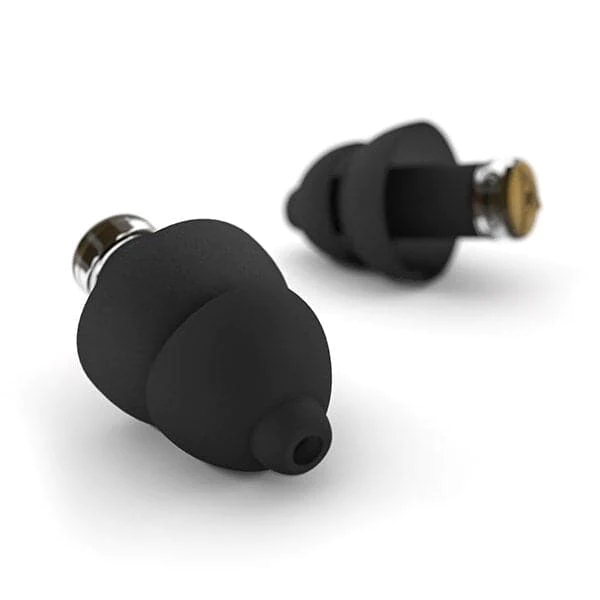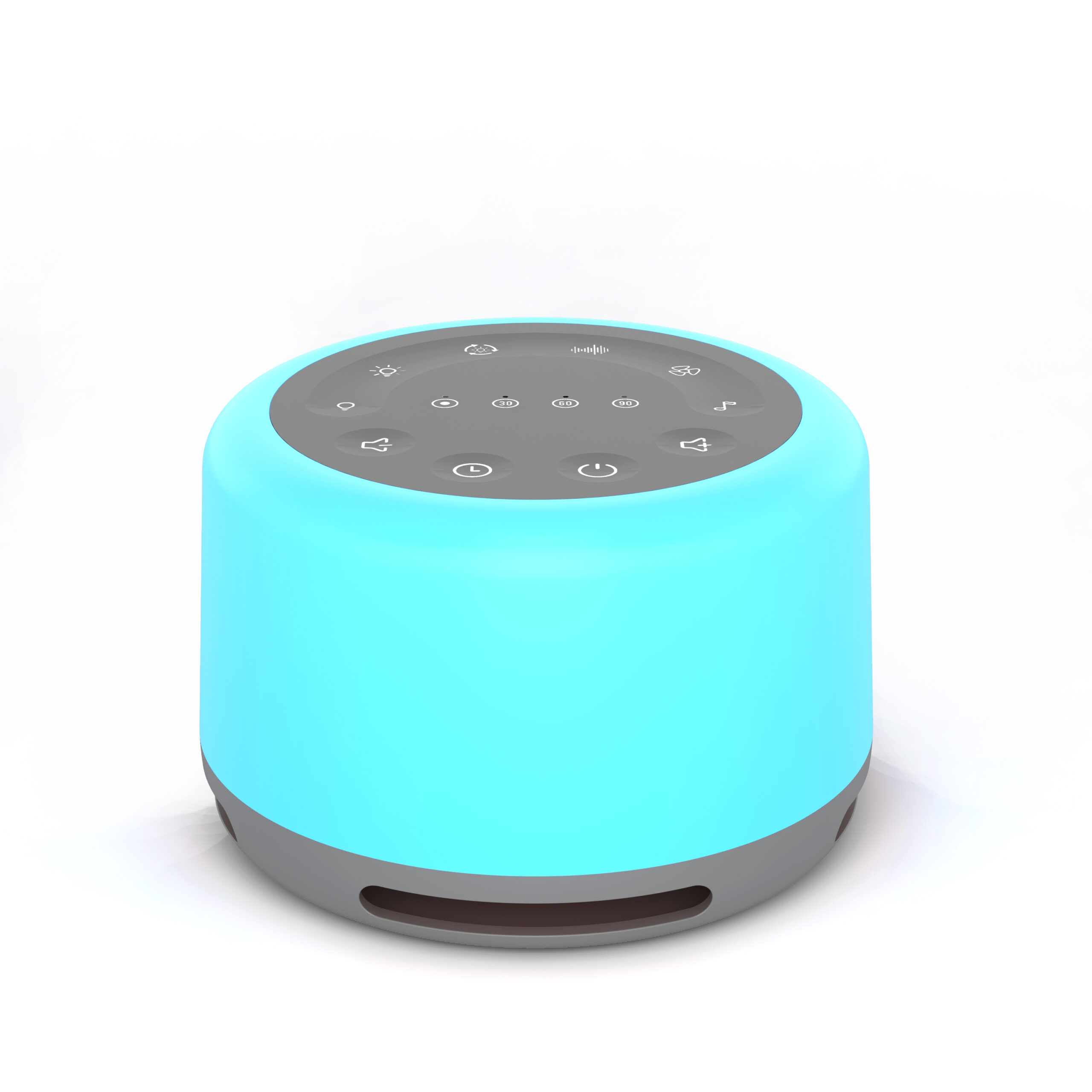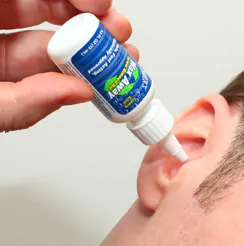Blog
Five Goals to Improve Your Sleep: A Comprehensive Guide
- Daniel Hastings
Table of Contents
Introduction
Sleep is a fundamental aspect of our lives, affecting our physical and mental well-being, productivity, and overall quality of life. Yet, for many of us, getting a good night’s sleep can be elusive. In this blog post, we will explore five actionable goals to help you improve your sleep. These strategies range from tracking your sleep patterns and understanding your sleep chronotype to practicing relaxation techniques, incorporating regular exercise into your routine, and mastering the art of strategic napping. By implementing these goals, you can pave the way to more restful nights and rejuvenated days.
1. Start Tracking Your Sleep
Improving your sleep starts with understanding your current sleep patterns. Sleep tracking can provide valuable insights into your sleep duration, sleep quality, and any disturbances during the night. There are several ways to track your sleep:
– Smartphone Apps: Many apps are available that use your device’s sensors to monitor your sleep. They can provide data on your sleep cycles and habits.
– Wearable Devices: Smartwatches and fitness trackers often come with sleep tracking features that record your movements and heart rate during the night.
– Sleep Diary: A simple pen-and-paper sleep diary can also be effective. Record the time you go to bed, wake up, and any disturbances or factors affecting your sleep.
By tracking your sleep, you can identify patterns and trends that may be contributing to sleep issues, helping you make informed changes to your sleep routine.
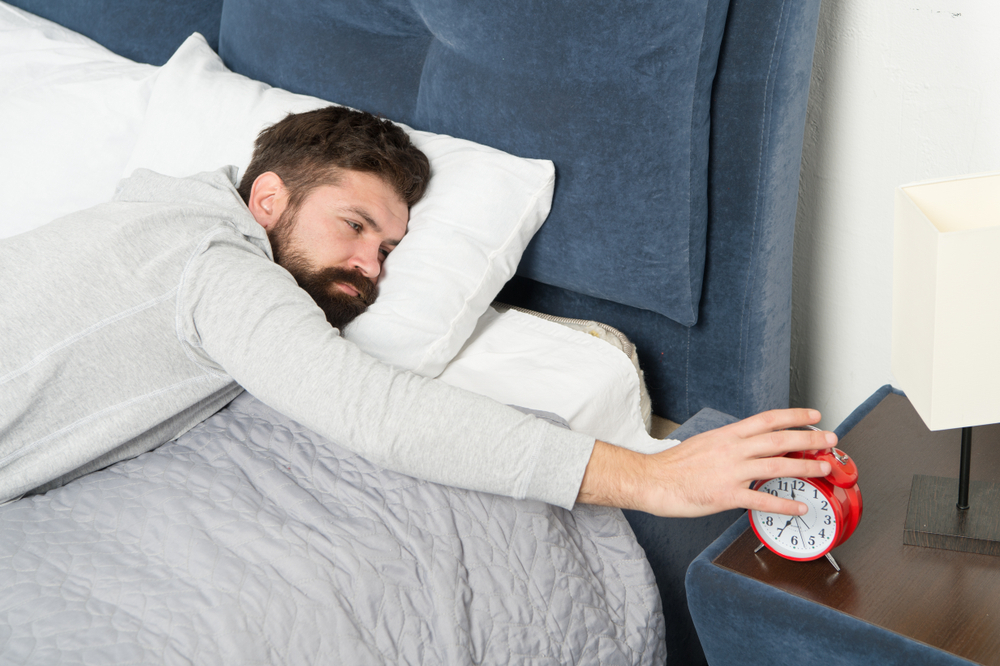
2. Plan Around Your Sleep Chronotype
Understanding your sleep chronotype can be a game-changer in improving your sleep. Your chronotype determines whether you are naturally inclined to be a morning person (morning chronotype), a night owl (evening chronotype), or somewhere in between. To optimize your sleep, plan your daily schedule to align with your natural rhythms:
– Morning Chronotype: Schedule important tasks and activities during the morning when you are most alert. Wind down in the evening to ensure you get adequate sleep.
– Evening Chronotype: Embrace your night owl tendencies by planning tasks that require focus and creativity in the evening. Allow yourself extra time to sleep in if possible.
– In-Between Chronotype: Balance your activities throughout the day, giving attention to your energy levels and adjusting your sleep schedule accordingly.
By working with your chronotype, you can make the most of your energy levels and improve the quality of your sleep.

3. Practice Relaxation Techniques
Relaxation techniques can be powerful tools for easing the mind and promoting better sleep. Here are a few techniques to consider incorporating into your bedtime routine:
– Deep Breathing: Engage in deep, slow breathing exercises to calm your nervous system and reduce stress.
– Progressive Muscle Relaxation: Focus on tensing and then relaxing each muscle group in your body to release tension.
– Meditation and Mindfulness: These practices can help you stay present, reduce racing thoughts, and improve overall relaxation.
– Aromatherapy: Certain scents, such as lavender, are known for their sleep-inducing properties. Try using essential oils or a diffuser in your bedroom.
– Yoga: Gentle, pre-sleep yoga stretches can relax your body and mind, preparing you for a restful night.
Experiment with different relaxation techniques to find what works best for you and make them a regular part of your evening routine.

4. Exercise Regularly
Regular physical activity can have a significant impact on the quality of your sleep. Exercise helps regulate your sleep-wake cycle, reduces stress, and improves mood. However, the timing of exercise can influence its effects on sleep. Here are some tips:
– Morning or Afternoon Exercise: Exercising in the morning or afternoon can promote better sleep as it raises your body temperature, and then the subsequent drop helps induce sleepiness at night.
– Avoid Vigorous Exercise Close to Bedtime: Strenuous workouts right before bedtime can have the opposite effect, making it more challenging to fall asleep. Aim to finish high-intensity workouts at least a few hours before sleep.
– Consistency Matters: Establish a regular exercise routine to maximize the sleep benefits. Even moderate daily activity can make a difference.
– Outdoor Exercise: Whenever possible, opt for outdoor activities, as exposure to natural light helps regulate your internal body clock.
By incorporating regular exercise into your daily routine and being mindful of the timing, you can promote better sleep and overall health.

5. Clever Napping
Napping is a double-edged sword. When done right, it can boost alertness and productivity. However, improper napping can disrupt your sleep-wake cycle. Here’s how to nap smartly:
– Keep It Short: Aim for short power naps of about 20-30 minutes. This can help prevent grogginess while providing a quick energy boost.
– Avoid Late Naps: Napping too late in the day, especially in the late afternoon or evening, can interfere with your ability to fall asleep at night.
– Nap Consistently: If you incorporate naps into your routine, try to do so at the same time each day to align with your body’s internal clock.
– Listen to Your Body: Pay attention to your body’s signals. If you’re feeling exceptionally tired during the day, a brief nap may be in order.
Mastering the art of clever napping can help you recharge without sabotaging your nightly sleep.
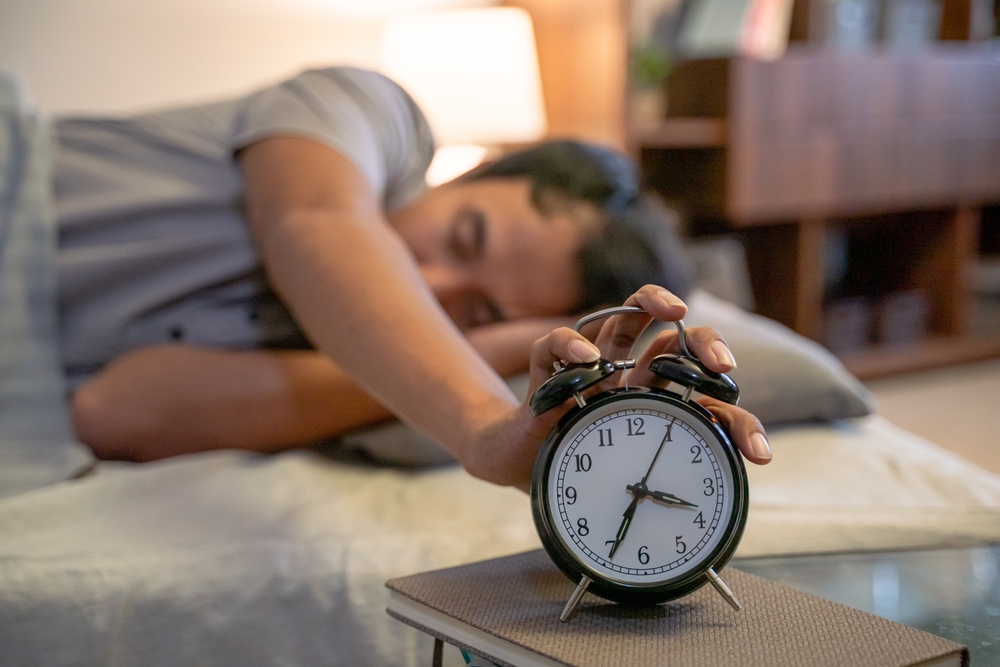
Conclusion
Improving your sleep requires a multifaceted approach that considers various aspects of your lifestyle and habits. By tracking your sleep, understanding your sleep chronotype, practising relaxation techniques, incorporating regular exercise, and mastering the art of clever napping, you can take significant steps toward achieving restorative and refreshing sleep.
Remember that improving sleep often involves making gradual changes, so be patient and persistent in your efforts. Over time, these goals can lead to more consistent and restful nights, ultimately contributing to your overall well-being.


